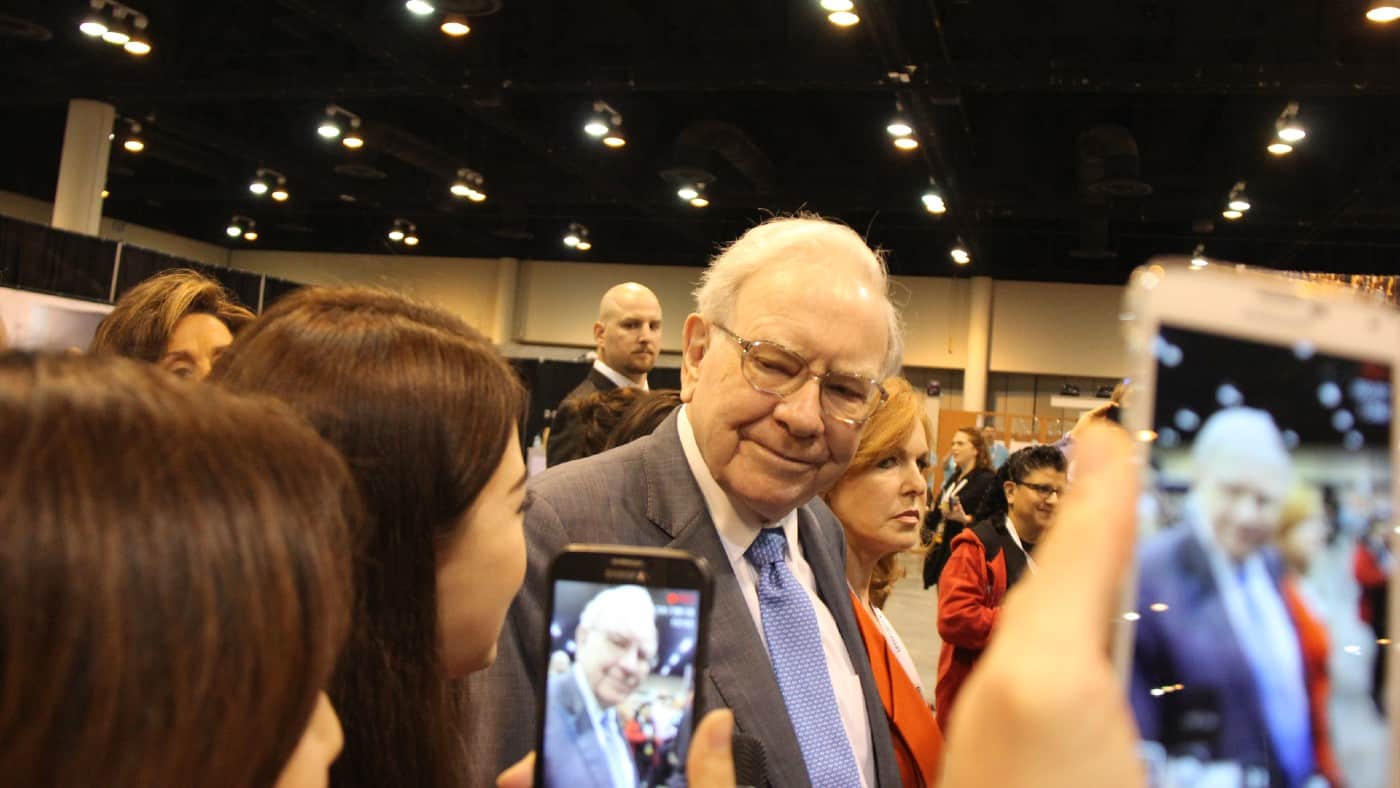When he was seven, Warren Buffett borrowed One Thousand Ways to Make $1,000, by Frances Minaker, from a library in Omaha, Nebraska. The book gives examples of how a budding entrepreneur can make some money with a minimal upfront cash outlay.
It first introduced the young American to the idea of compounding.
In its most common form, the concept applies to earning interest on interest. But it’s also relevant when investing in the stock market.
Rather than taking dividends as cash, by reinvesting them and buying more stocks, it’s possible to compound gains. All things being equal, as each year passes, the rate of increase will get faster, and the returns bigger.
Along with being an American and lucky genes, Buffett says this is the reason he’s now worth over $100bn.
How to make $1,000 (or £1,000)
The book is now out of print but a second-hand copy can be bought on Amazon for £44.99.
To illustrate the power of compounding, I’m going to assume that I invest this amount in a stock that pays a dividend of 3.7% each year — equal to the current yield of the FTSE 350.
The table below shows how this sum will grow if the dividends are used to buy more shares. To keep things simple, I’ve assumed there’s no change in the value of the underlying stock, although, hopefully, this would increase over time as well.
| Period (years) | Value of investment (£) | Gain (%) |
| 5 | 54 | 20 |
| 10 | 65 | 44 |
| 25 | 112 | 149 |
| 50 | 277 | 516 |
| 75 | 686 | 1,424 |
| 86 | 1,023 | 2,173 |
Buffett first read Minaker’s book 86 years ago.
By coincidence, this is how long it would take to turn £44.99 into just over £1,000. A value of $1,000 (£787) would be achieved seven years earlier.
Admittedly, this is a very long time. Not all of us are blessed with those lucky genes of the American billionaire, which means we might not make 92.
But just imagine what the return might be from investing a smaller amount more frequently. And how much larger the final valuation could be if the initial stake was bigger.
A thousand ways
Taking inspiration from the title of the book, are there a thousand ways of achieving the growth highlighted by my example?
In short, yes.
There are over 60,000 listed companies in the world. I’m certain there are at least a thousand of them presently offering dividend yields equal to — or in excess of — 3.7%.
Some FTSE 100 companies are returning over 8% at the moment. Plugging this into my model shows that I could turn £44.99 into £1,000 within 41 years.
Caution
But stock markets can be fickle. It’s possible to lose all of the benefits of compounding, built up over many years, in a relatively short period.
And history is not necessarily a good predictor of the future. Dividends are never guaranteed and can fluctuate from one year to the next.
But by taking a long-term view, I’d hope that any disappointing periods are more than compensated for by the good times.
A great idea
Albert Einstein is often credited with describing compound interest as the eighth wonder of the world.
But even though nobody has any credible evidence of this, I’m not really bothered. That’s because I’m convinced of its merits. And that’s why — just like Warren Buffett — I continue to use all of the dividends I receive to buy more shares.







